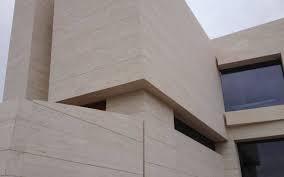Introduction:
Architectural design goes beyond creating four walls and a roof. Modern architectural design is the art of balancing aesthetics and functionality. In this blog post, we will delve into the fundamentals of architectural design and explore why it’s essential to marry these two critical aspects.
- Functionality: The Purpose of the Building
The architectural design process starts with understanding what purpose the building will serve. A functional design should optimize the activities taking place within the building. This could mean enhancing productivity for workplaces, improving the quality of life for residential spaces, or ensuring ease of use for public buildings.
- Aesthetics: Visual Appeal
The aesthetic value of a building should harmonize with its surroundings. This includes factors such as material selection, color palettes, and exterior facade design. Aesthetics matter not only for visual pleasure but also for the impact a building has on its users and the environment.
- Maintaining the Balance Between Functionality and Aesthetics
Sustaining the balance between functionality and aesthetics is one of the most challenging aspects of architectural design. While functionality relies on practical factors like interior layout, accessibility, and usability, aesthetics need to be visually engaging and sustainable.
- Sustainability and Energy Efficiency
Sustainability and energy efficiency have gained increasing importance in modern architectural design. Using eco-friendly materials, integrating energy-saving systems, and incorporating features like green roofs are critical in achieving sustainability goals.
- The Role of Technology
Technology plays an ever-growing role in building design. Smart building systems, security technologies, and energy management systems can enhance a building’s functionality and comfort. Therefore, considering how to integrate technology into the design process is essential.
Conclusion:
Architectural design is the art of seamlessly combining functionality and aesthetics. By striking this balance, we can meet the needs of users and contribute positively to our surroundings. Architectural design is a significant discipline that enhances people’s lives and preserves the environment, and it will continue to evolve as an art form that sustains this equilibrium.


